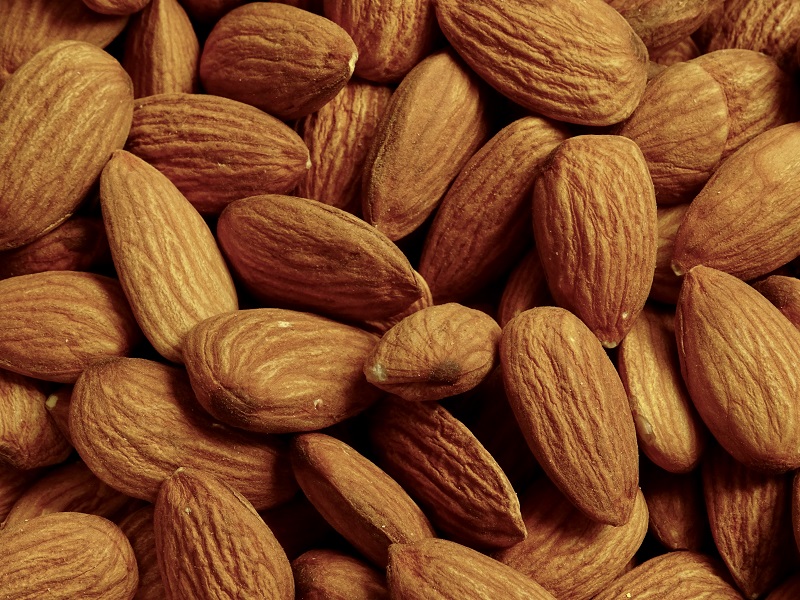New Crop Protection Treatments Target Wireworm and Colorado Potato Beetle
Optimism over pest control may reach new heights for U.S. potato growers in 2023. Technologies scheduled to be released this year target two of the industry’s most prevalent insects — wireworms and the Colorado potato beetle (CPB).
Thomas Kuhar, a Professor of Entomology at Virginia Tech, kindled grower hopes while speaking on insect control at the annual Mid-Atlantic Fruit and Vegetable Conference in Hershey, PA.
In the case of wireworms, “I’ve been giving this talk and not had anything that’s changed in the longest time,” Kuhar says.
Meanwhile, controlling CPB is the aim of a revolutionary ribonucleic acid interference (RNAi)-based treatment that is slated to launch this year.
“I would say most growers don’t know about it yet,” Kuhar told American Vegetable Grower following his presentation.
Wireworm Treatment
Varying species of wireworms plague potato growers across the world. What is prevalent in the Pacific Northwest and Canada is not necessarily what is found in the Mid-Atlantic. However, the biological makeup of the insect is similar enough across species, Kuhar says, to allow for comparable success of any given control tactic.
“They’re all doing the same thing,” Kuhar says of wireworms, “which is damaging that tuber. I don’t think there are too many wireworms that are highly specific to a certain commodity: They’re down in the soil. You put some food down there, and they’re going to eat it.”
The four longstanding at-planting insecticide chemistries still available to potato growers are:
• Organophosphates: phorate (Thimet/Amvac Chemical), ethoprop (Mocap/Amvac Chemical)
• Pyrethroids: bifenthrin products, including Capture LFR (FMC Corp.)
• Neonicotinoids: imidacloprid, including Admire Pro (Bayer Crop Science), thiamethoxam (Platinum and Cruiser/Syngenta Crop Protection), clothianidin (Belay/Valent USA), dinotefuran (Venom/Valent USA and Scorpion/Gowan Co.), and imidacloprid/bifenthrin (Brigadier/FMC Corp.)
• Fiproles: fipronil (Regent, BASF Corp.)

Photo by Lyle Buss
“That’s what we’ve had for 20 years, most of my career,” Kuhar says. “You can kill a lot of [the wireworms] and reduce the damage with these, but sometimes you’re not going to get them all.”
An entirely new fifth class of chemistry may improve the status quo. In January, upon receiving EPA registration, BASF updated the labeling on its Nurizma brand (broflanilide) to include the in-furrow wireworm treatment of potatoes and sweet potatoes. With state approvals pending, the company was working on the product’s marketing launch as of February.
Broflanilide represents a new Group 30 Insecticide Resistance Action Committee (IRAC) class of insecticides (meta-diamides and isoxazolines) based on its novel mode of action as an ionotropic γ-aminobutyric acid (GABA)-gated chloride channel allosteric modulator.
“When I started my career there were 12 modes of action,” Kuhar says. “There are 32 now. They’re moving ahead with different ways that you can kill the insect, and that’s good for resistance management. A lot of these new chemistries that have come later are safer and more selective in what they kill. It’s a good thing that we have higher numbers.”
BASF two years ago started the process of launching more than a dozen products with the new broflanilide active ingredient, targeting pests such as ants, cockroaches, and termites. The first commercialized product was the seed-applied Teraxxa, which targets wireworms for small grains growers in the U.S.
“A lot of the work was done out in the Pacific Northwest, Canada, and other countries,” Kuhar says. “They are further ahead than Mid-Atlantic U.S. in having this product. … [Virginia Tech] has played around with it with the wheat seed treatment and the corn seed treatment … and, yes, it killed the wireworms.”
Per the Nurizma product label, potato growers should: “Make one in-furrow application at time of planting only. Application must be done in-furrow as a 5-inch to 7-inch wide spray. Adjust nozzle height and orientation to avoid application to soil surface.” The insecticide “must be thoroughly incorporated and covered with soil immediately after application. DO NOT apply over the top of a closed furrow.”
“I’m feeling pretty good that we have a new tool,” Kuhar says.
Not only that, growers who grow winter cover crops or rotate crops may benefit from the broflanilide wheat and corn seed treatments, according to Kuhar. “You’ve really hammered your wireworms [with those treatments], so that anything that comes in subsequently is going to have less wireworm pressure,” he says.
CPB Treatment
Equally exciting to not only potato growers but also the entire agricultural world is the gene therapy work of GreenLight Biosciences. The company aims to address some of the planet’s biggest challenges with a pipeline of RNA-based solutions that has the potential to benefit human, plant, and animal health.

Colorado potato beetles are the target of a forthcoming RNAi-based treatment.
Photo by Brian A. Nault
GreenLight is currently working toward the commercial launch of its first RNAi product, Calantha (ledprona), which is currently under review at and pending approval by the EPA. Calantha is a foliar insecticide designed to control the Colorado potato beetle without having any known impact on non-target organisms, according to the company.
“We’ve run trials [at Virginia Tech], and I think the company has run now close to a hundred, confirming its efficacy,” Kuhar says. “When it’s timed right on small larvae, you’re getting excellent control. It’s a really innovative tool that’s highly specific to this pest, which makes it incredibly safe. It fits that niche really well, and it’s IPM compatible.”










